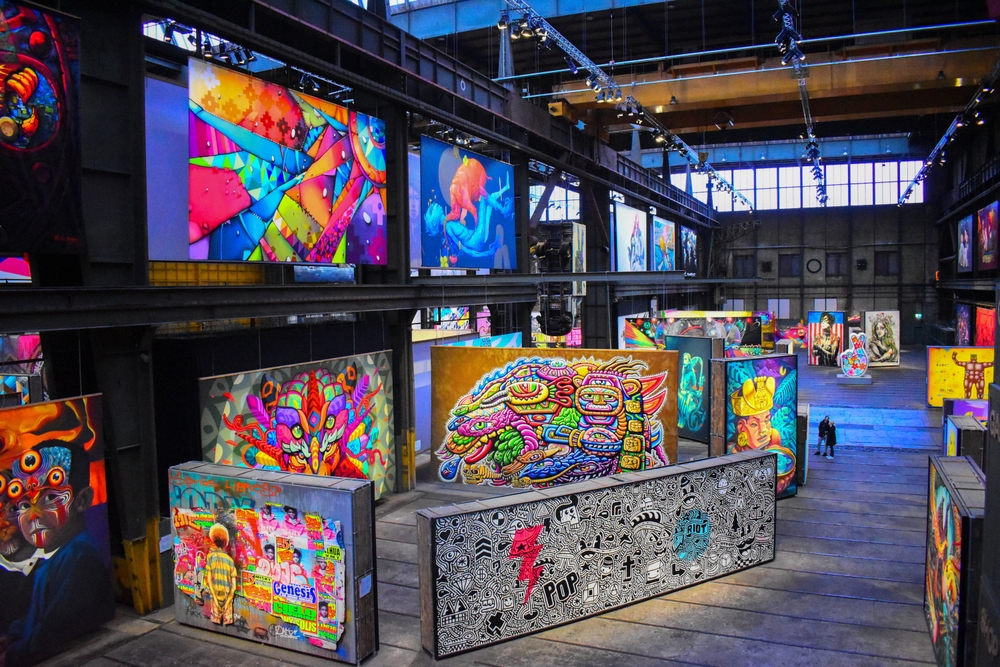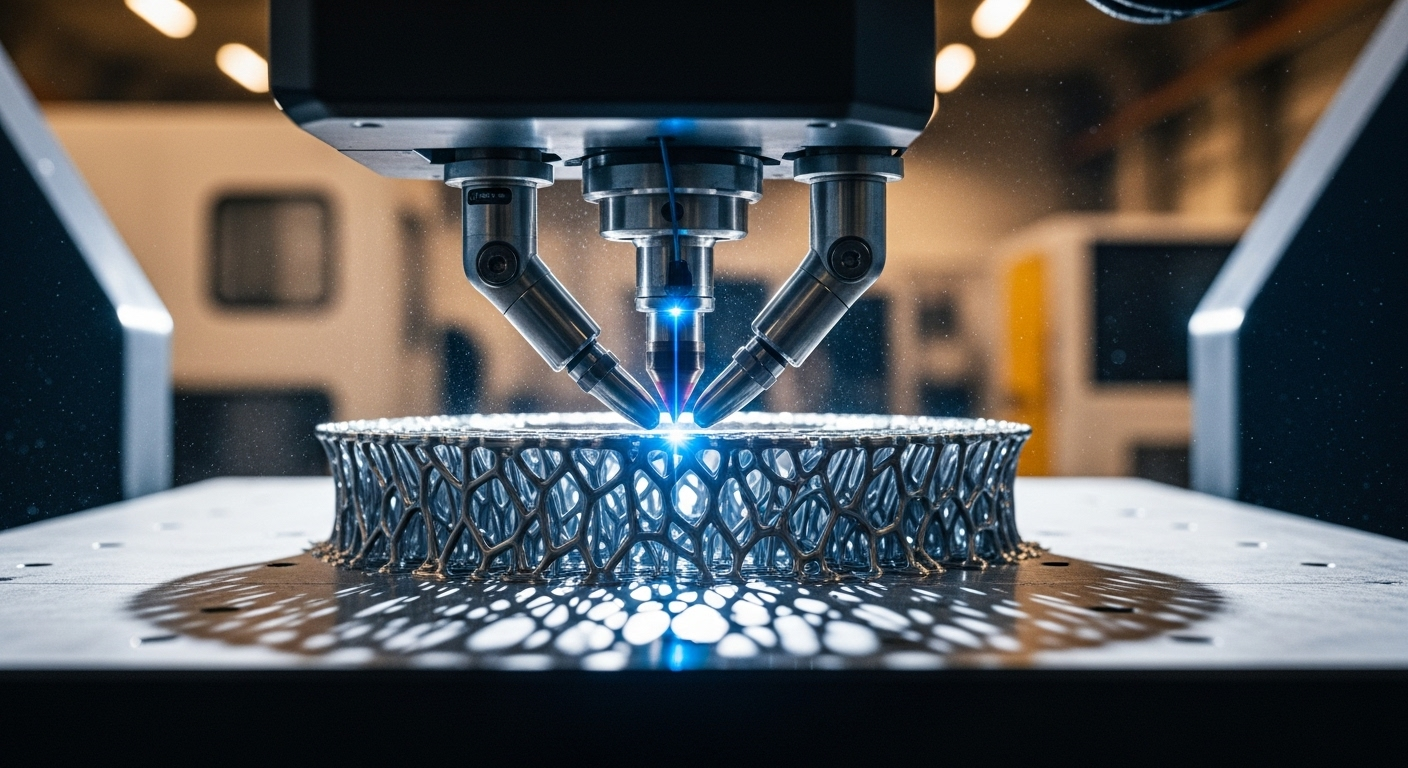The Ephemeral Canvas: Melting Ice Sculptures in Modern Art
In the ever-evolving landscape of contemporary art, a chilling new medium has emerged, captivating audiences and challenging traditional notions of permanence. Ice sculpture, once relegated to elaborate buffet displays and winter festivals, has found its way into the hallowed halls of high art. This fusion of transience and creativity has given birth to a movement that is as fleeting as it is profound, pushing the boundaries of what we consider art and forcing us to confront our relationship with impermanence.

From Novelty to Necessity
As environmental concerns gained prominence in the global consciousness, artists began to see ice sculpture as more than just a novelty. The melting of these frozen masterpieces became a powerful metaphor for climate change, with each droplet serving as a poignant reminder of our planet’s fragility. This shift in perception elevated ice sculpture from mere decoration to a potent form of artistic commentary.
The Technical Challenges of Frozen Art
Creating art from ice presents unique challenges that traditional sculptors rarely encounter. Temperature control is paramount, with artists often working in sub-zero environments to maintain the integrity of their medium. Specialized tools, from chainsaws to delicate chisels, must be mastered to manipulate the ice effectively. Moreover, artists must work quickly, racing against time and temperature to realize their vision before it begins to transform.
Preservation in the Digital Age
In a world where art is increasingly experienced through screens, ice sculptors have embraced technology to preserve their ephemeral creations. Time-lapse photography and virtual reality experiences allow audiences to witness the entire lifecycle of an ice sculpture, from its pristine beginnings to its eventual dissolution. This digital archiving has opened up new avenues for experiencing and appreciating this transient art form.
The Philosophical Implications of Melting Art
The temporary nature of ice sculpture raises profound questions about the value and purpose of art. In a culture obsessed with preservation and permanence, these melting masterpieces challenge our notions of legacy and material worth. They force us to confront the impermanence of all things, including our own existence, and to find beauty in the fleeting moments of life.
Global Warming’s Artistic Chill
As climate change accelerates, ice sculptors find themselves in a race against time on multiple fronts. Not only must they contend with the natural melting of their works, but they also face a shrinking availability of natural ice in many regions. This scarcity has led to innovations in artificial ice production and a renewed focus on the environmental impact of the art form itself.
The Future of Frozen Creativity
Despite the challenges, the world of ice sculpture continues to evolve and expand. Collaborations between ice artists and other creative disciplines, such as light designers and musicians, are pushing the boundaries of what’s possible with this frigid medium. As technology advances, we may see new techniques for preserving ice sculptures or creating hybrid works that incorporate both permanent and transient elements.
In conclusion, the rise of ice sculpture in contemporary art represents a fascinating intersection of creativity, environmental awareness, and philosophical inquiry. As these frozen forms continue to captivate and challenge audiences worldwide, they remind us of the power of art to provoke thought, evoke emotion, and reflect the ever-changing world around us. In the face of global warming, these icy creations stand as both a warning and a celebration of nature’s beauty and fragility.




